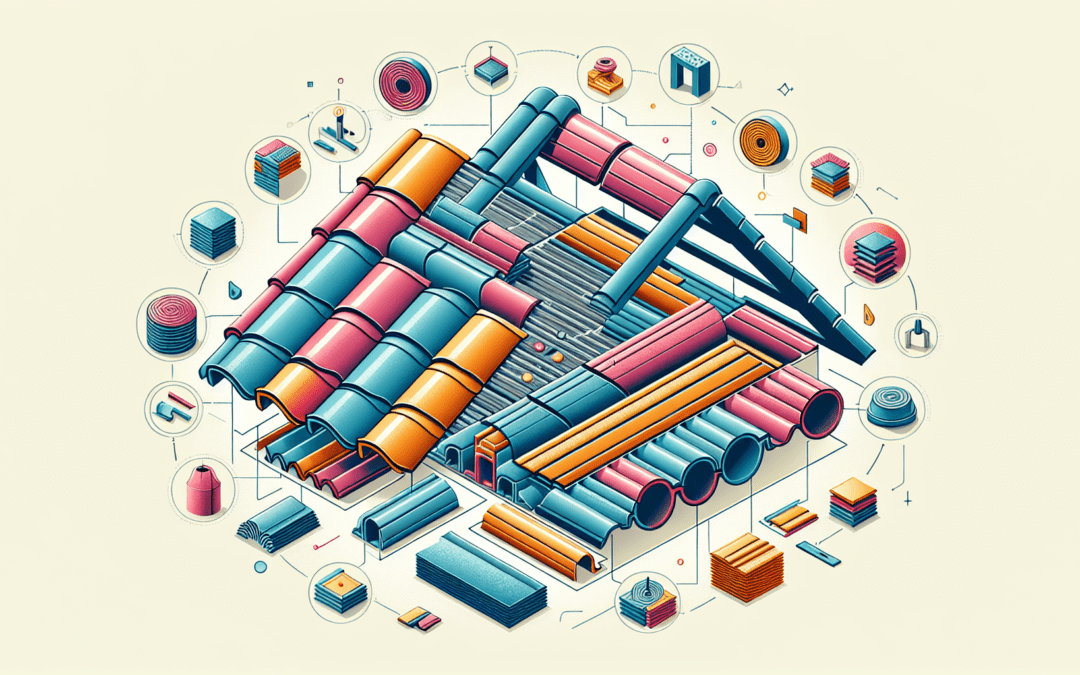Understanding Bubbles in EPDM Roofs
Have you ever seen little bubbles or blisters popping up on a roof? This can happen on many types of roofs, but it’s something people often notice on EPDM roofs. EPDM stands for Ethylene Propylene Diene Monomer, a type of rubber used in many flat roofs because it’s waterproof and lasts a long time. But sometimes, bubbles can form on these roofs. Let’s dive into why this happens and what we can do about it.
Why Do Bubbles Form?
Bubbles on an EPDM roof can be caused by a few different things. One common reason is trapped air. When the roof was being put on, if air got trapped under the rubber, it could form a bubble later on. Another reason could be moisture getting trapped. If there’s water underneath the rubber when it’s being installed, this moisture can turn into steam when it gets hot out, creating a bubble. Sometimes, the adhesive (the glue that sticks the EPDM to the roof) wasn’t applied properly, and that can lead to bubbles too.
Why Should We Care About Bubbles?
Bubbles might seem like a small problem, but they can lead to bigger issues if not taken care of. The biggest worry is that these bubbles can lead to leaks. Over time, the bubble might crack or split open, letting water get through the roof and into the building. Bubbles can also make your roof weaker, so it’s not just about keeping your building dry; it’s also about keeping your roof strong and lasting longer.
Fixing Bubbles on Your EPDM Roof
Checking and Preparing the Roof
First, it’s important to know how big the problem is. You or a professional can take a look at the roof to see how many bubbles there are and how big they’ve gotten. If the bubble is still small, the fix might be pretty simple. But if it’s a big bubble or if there are lots of them, it might need a bit more work. Either way, the roof will need to be clean and dry before any repairs can start.
Repairing Small Bubbles
For small bubbles, a professional might just cut the bubble open to let out the trapped air or moisture. Then, they’ll use a special glue to stick the cut parts back down. It’s like putting a patch on a flat tire. This helps keep water out and makes the roof strong in that spot again.
Handling Big Bubbles
Big bubbles might need to have a piece of new EPDM rubber put over the damaged area after it’s been cut open and flattened. This is like putting a big patch on the roof. It’s more work, but it makes sure the roof stays waterproof and can keep doing its job.
Preventing Bubbles in the Future
To avoid bubbles later on, it’s all about making sure the EPDM is installed properly from the start. This means making sure no air or moisture is trapped and that the adhesive is spread out evenly and carefully. Regular checks on the roof can also help catch any small issues before they turn into big bubble problems.
So, bubbles on an EPDM roof aren’t just a weird thing to look at—they’re a sign that something needs fixing. By understanding why they happen and how to fix them, we can keep our roofs strong and our buildings dry.

